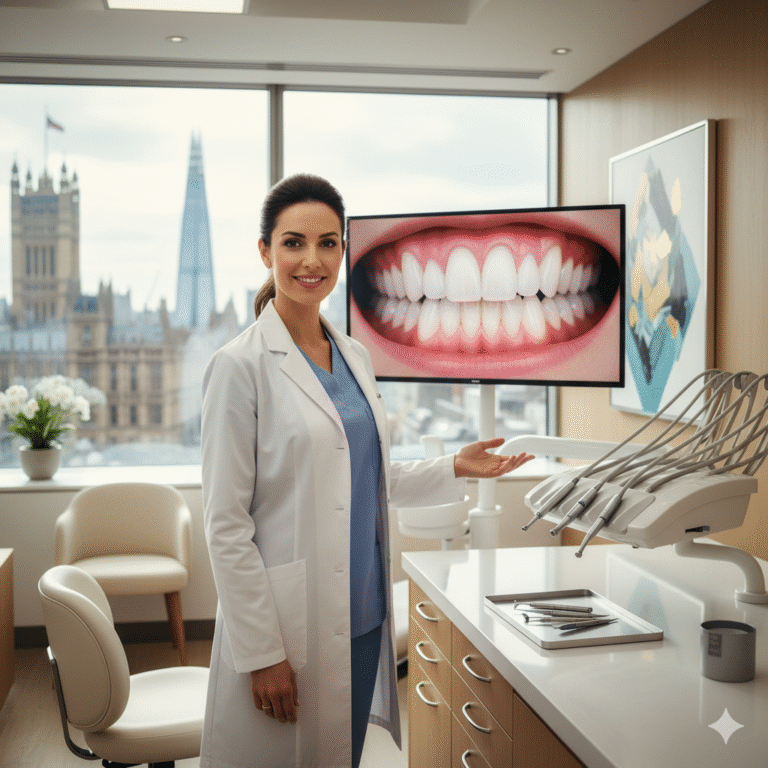
Introduction: Real Experiences with Headgear Braces
For many people, the idea of wearing headgear braces brings a mix of anxiety, curiosity, and hope for a future smile transformation. If you’re about to embark on your orthodontic journey or are simply curious about the experiences of others, this article will give you a deep dive into the world of headgear braces. Through real stories from wearers, you’ll learn about the benefits, challenges, and practical tips for navigating orthodontic treatment with headgear. We’ll also explore the emotional and physical experiences that come with wearing this essential dental device.
By the end of this article, you’ll have a well-rounded perspective on the headgear braces experience, including firsthand testimonials that will help you feel more confident in your decision or journey.
What Are Headgear Braces?
Headgear braces are a critical tool in orthodontics, primarily designed to correct bite problems, such as an overbite or underbite. These devices are worn in conjunction with traditional braces and typically consist of straps or a facebow attached to the teeth and secured with a head or neck harness. They are commonly used in children and teens, though they may also be prescribed for adults with more complex dental issues.
Orthodontists use headgear braces to apply controlled force to the teeth and jaw, shifting them into a more ideal position over time. This treatment can significantly enhance the results of braces by accelerating tooth movement, especially in severe bite cases.
The Journey of Wearing Headgear Braces: Stories from Real Wearers
1. Braces Journey: From Anxiety to Confidence
One of the first things that many people with headgear braces will share is how they felt at the beginning of their braces journey. For many, the thought of wearing headgear can be daunting due to the stigma or discomfort associated with it. But, real-life stories show that with time, this feeling often fades away.
Maria, 14, shares her story:
“When I first got my headgear, I was really nervous. I knew I’d have to wear it outside of school and during sleep, but I didn’t want to be the ‘weird kid’ with a metal contraption on their face. After a few weeks, I got used to it, and honestly, I started seeing the results almost immediately. My bite started shifting, and my teeth weren’t overcrowded anymore. By the time I was finished with my treatment, I felt more confident than ever, and my smile was perfect.”
Maria’s experience is shared by many. The initial discomfort or self-consciousness often turns into a positive transformation as the treatment progresses, and the changes are more visible.
2. Headgear Braces Benefits: What Wearers Love About Them
There’s a reason why headgear braces remain a staple in orthodontic treatment: their effectiveness. Wearers often cite significant benefits from using them, including improved jaw alignment, reduced treatment time, and the ability to address complex dental issues that regular braces alone can’t solve.
Tom, 16, explains:
“The best thing about my headgear was how quickly my overbite started to improve. I had a severe underbite before I got braces with headgear, and my orthodontist told me that the headgear would help with the bone structure, not just the teeth. It felt like a long road, but when I finally saw my smile and bite align, it was totally worth it.”
Common Experiences and Challenges with Headgear Braces
3. Headgear Braces Discomfort: What to Expect
While headgear braces are undoubtedly effective, they can also come with their share of discomforts. For many wearers, it takes time to get used to the pressure that the headgear orthodontics apply on the jaw and teeth. Some report mild headaches or irritation around the face or neck areas, especially when they first begin wearing the device.
Emma, 13, reflects on her initial discomfort:
“In the beginning, I felt a lot of pressure. My headgear made my neck feel stiff, and I was always worried about how tight I had to wear it. But over time, the discomfort lessened, and I got used to the feeling. My orthodontist adjusted it a few times to make sure it wasn’t too tight, which helped.”
The key takeaway here is that while headgear discomfort is common, it’s usually temporary. Your orthodontist will guide you through adjustments to ensure the device is fitted properly.
4. Headgear Braces Challenges: Overcoming the Obstacles
Many wearers experience challenges when it comes to wearing headgear braces. These might include social pressures, difficulties with wearing the headgear consistently, or adapting to the routine of managing oral care.
Sarah, 17, shares her experience with sticking to the routine:
“The hardest part for me was remembering to wear my headgear every night. I would sometimes forget, and I’d feel guilty because I knew it could delay my progress. My orthodontist was really supportive, though, and gave me helpful tips on setting reminders and making it part of my nightly routine.”
This insight highlights the importance of consistency when using headgear braces. Although it may be challenging at times, adhering to the prescribed routine is crucial for achieving the desired results.
Types of Orthodontic Headgear: A Closer Look at Options
Orthodontists may prescribe different types of headgear depending on the severity of the dental issue. Here are some of the most common types:
5. Reverse Pull Headgear (Facemask)
This type is typically used to correct an overbite by pulling the upper teeth backward. It’s usually worn for several hours during the day or overnight.
6. Cervical Headgear
This headgear attaches to the neck and applies pressure to the upper teeth to restrict their growth, making it a popular choice for patients who need to reduce upper jaw growth.
7. High Pull Headgear
This type of headgear is more common in treating overbites and is attached to the upper molars and connected to the headgear, applying force to the upper jaw.
Each of these headgear types comes with its own set of instructions, comfort levels, and treatment durations. Wearers often share their experiences adjusting to the particular style prescribed to them.
Pros & Cons of Headgear Braces
As with any medical treatment, headgear braces come with their advantages and disadvantages. Here’s a breakdown based on real-world experiences.
Pros of Headgear Braces
- Faster Treatment Results – Wearers report quicker correction of bite issues, which shortens overall treatment time.
- Corrects Complex Dental Issues – Headgear is essential for certain cases where traditional braces alone can’t work.
- Improves Jaw Alignment – Many users experience dramatic improvements in jaw positioning and facial aesthetics.
Cons of Headgear Braces
- Discomfort – Initial discomfort is a common hurdle, though it is usually temporary.
- Social Stigma – Some wearers, particularly teens, struggle with the visual aspect of wearing headgear, which can affect self-esteem.
- Consistency Required – Wearers must adhere to the wearing schedule to see results, which can be challenging for some.
FAQs About Headgear Braces
1. How long do I have to wear headgear?
The duration varies depending on the complexity of the treatment, but most patients wear headgear for between 6 months to 2 years. Your orthodontist will monitor your progress and adjust the treatment plan as needed.
2. Can I remove headgear during the day?
Generally, headgear is meant to be worn during specific times, such as during sleep or after school hours. It’s essential to follow your orthodontist’s instructions regarding wear time.
3. Does headgear hurt?
While discomfort is common in the early stages, most patients adjust over time. If pain persists, consult your orthodontist for adjustments.
Conclusion: Embrace Your Braces Journey
Headgear braces may seem intimidating at first, but the stories from real wearers show that, with patience, persistence, and proper care, they can lead to incredible transformations. From overcoming challenges to seeing remarkable changes in their bite and smile, many wearers have shared positive experiences that prove the effectiveness of this treatment.
Are you on the fence about starting your orthodontic journey with headgear? Remember that while it may come with its challenges, it’s a powerful tool for achieving your best smile. Don’t be afraid to share your experience, ask questions, and support others who are going through the same journey.
Have you worn headgear braces? Share your story or ask questions in the comments below. If you found this article helpful, consider sharing it with friends or family who might benefit from learning about the headgear braces experience.


